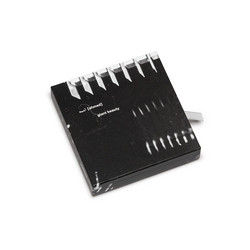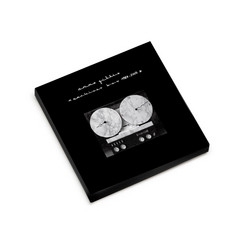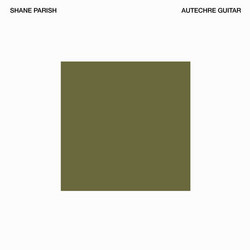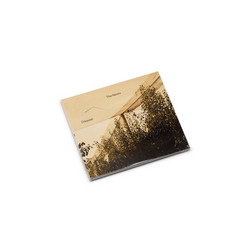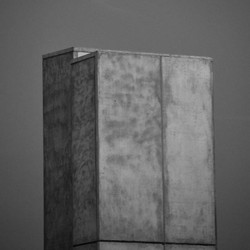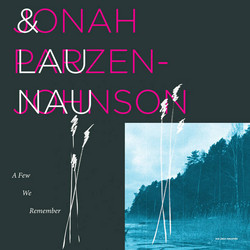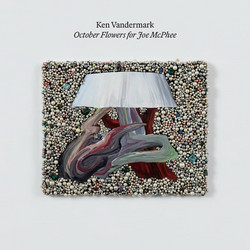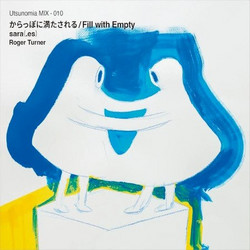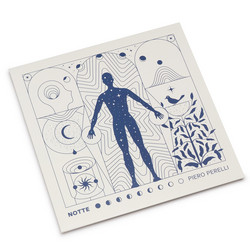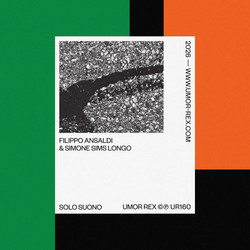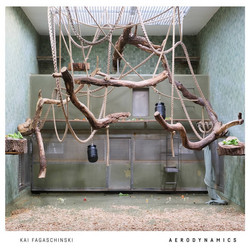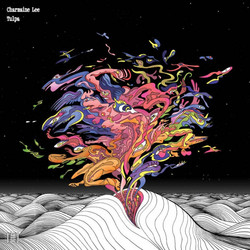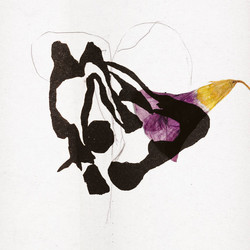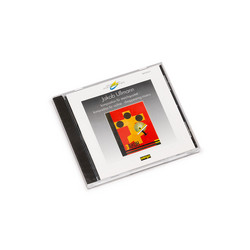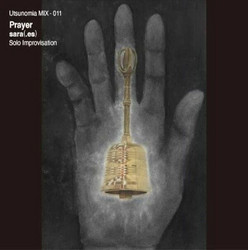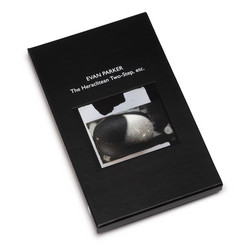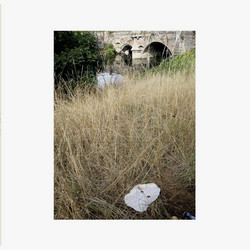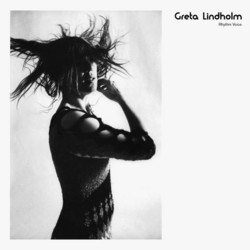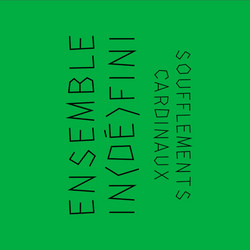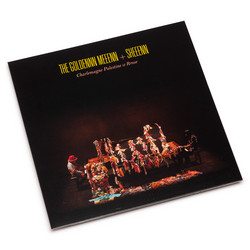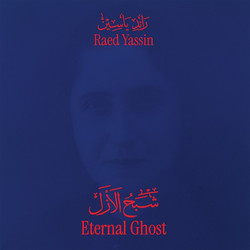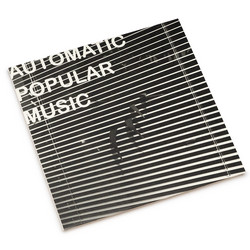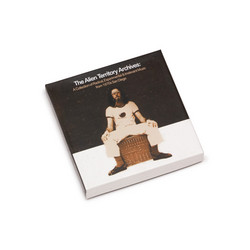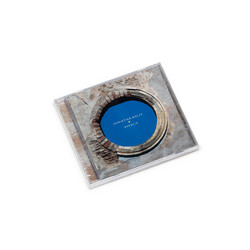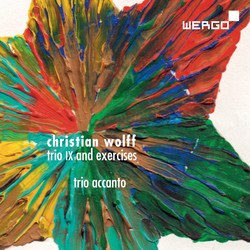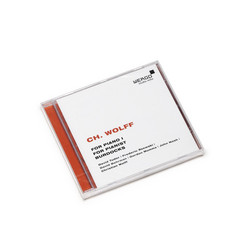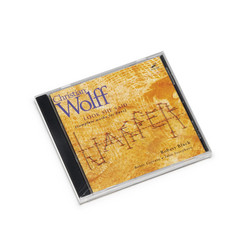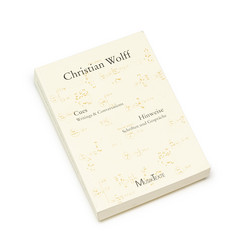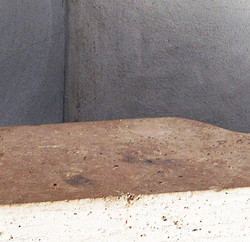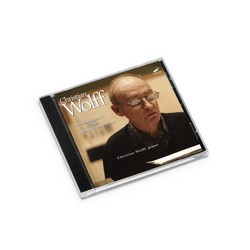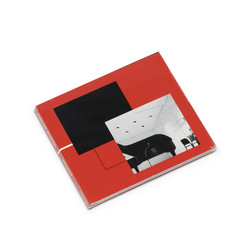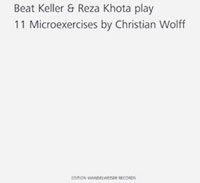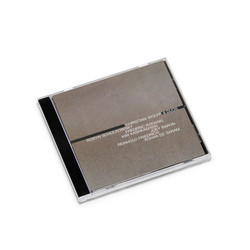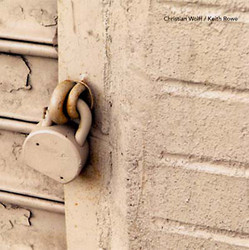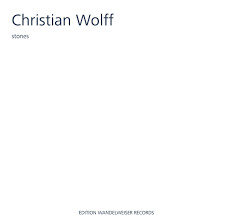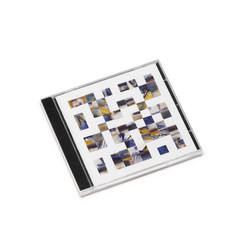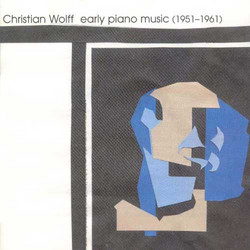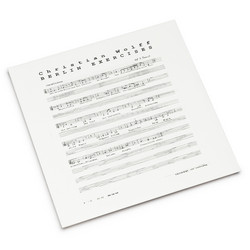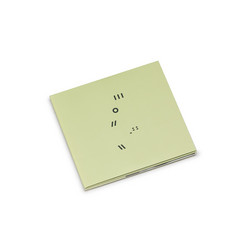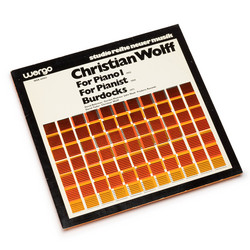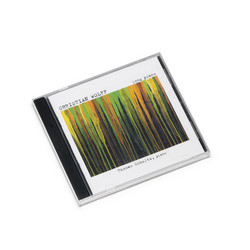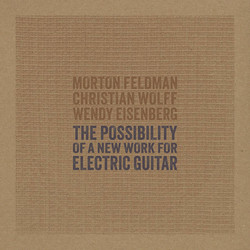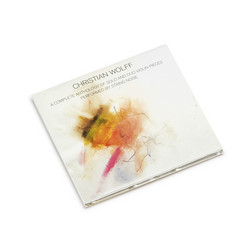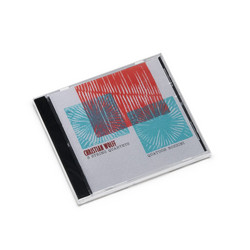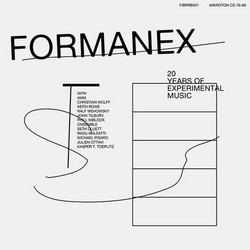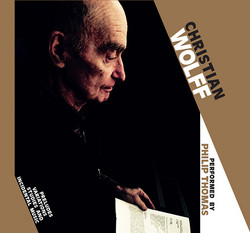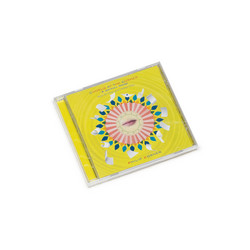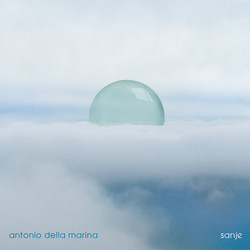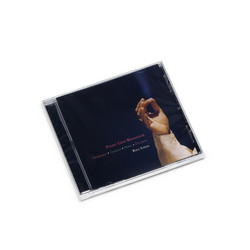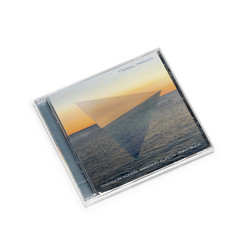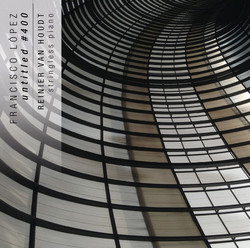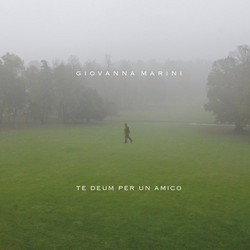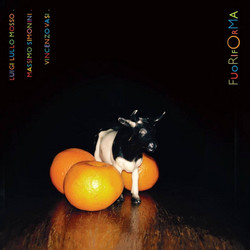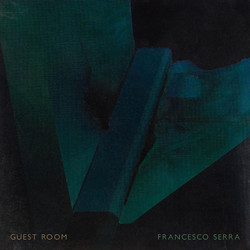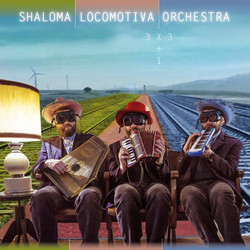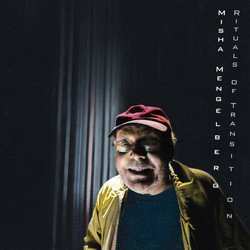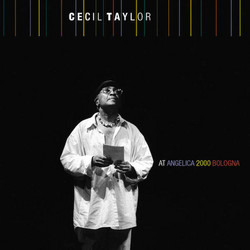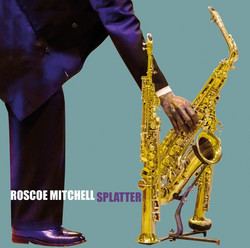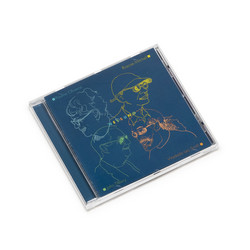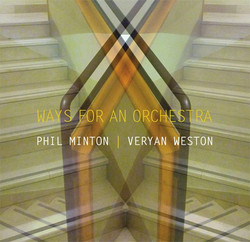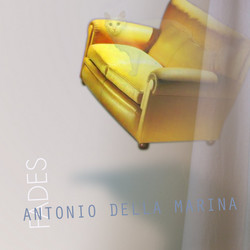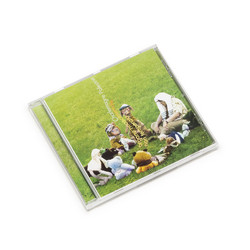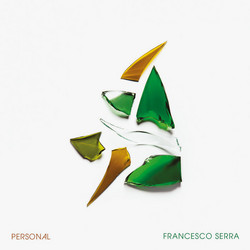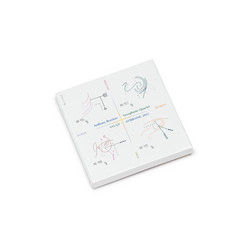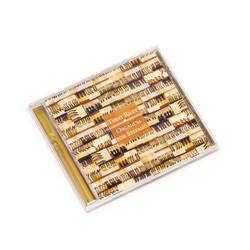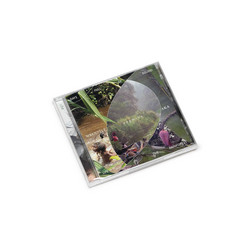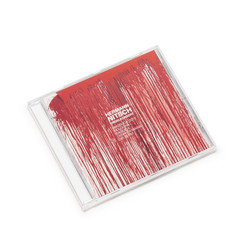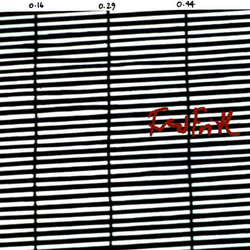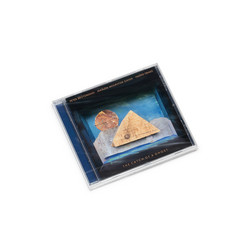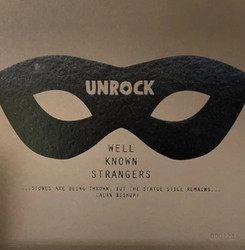The music of Christian Wolff has long occupied the fertile borderland between composition and improvisation, as both are usually understood. More a set of suggestions than a writ of prescriptions, his scores can take the form of graphic symbols floating freely against a white background—as in 1968’s Edges—or of pitches notated and other parameters left unspecified, as in the Exercises. He is on record as having said that a score is only a means to an end, the latter consisting of the performance, which to him just is the music. With these performances by percussionist Robyn Schulkowsky, the new music sextet Apartment House and the composer himself, that end is elegantly achieved.
The ten pieces included on this recording were taken from performances at two concerts held at Bologna’s Church of Santa Caterina in May of 2013. Among the pieces is one world premiere—the duet Winter Exercise, for percussion and piano–and one first recording.
With the exception of the early Duo for Violins, all of the compositions represented here incorporate degrees of freedom for the performers to, in essence, co-create the music with the composer. As with much of Wolff’s writing, the composition is a kind of text in which the unwritten is just as important as the written; the range of possibilities implicit in what the score doesn’t make explicit is realized in the interplay of the musicians not only with whatever marks there are on the page but with each other as well. The openness of the score may be a challenge, but one that solicits creative responses from the performer. Nowhere is this more evident than in the series of Exercises Wolff has written. Inspired by the heterophony of early jazz, the Exercises are melodies made up of small clusters of notes which can be played by any combination of instruments; in addition the performer can choose the details of how he or she will play, including which notes to play and which not to play.
A 1974 installment of the series is realized here as a duet between Wolff on piano and long-time collaborator Robyn Schulkowsky on tuned percussion; a second, Exercises 10 of 1973/1974, is played by the superb and superbly adventurous Apartment House, again with Wolff, this time playing melodica. Both Exercises take on at times the sound of a loose canon, a polyphonic semi-improvisation, or a series of approximate unisons sometimes evocative of a live delay effect. In the duo settings the melodic cells are fairly transparent; the seven-voiced Exercises 10 increases the complexity of the interplay and recovers something of the jazz-like, multi-linear textures that inspired the series’ creation.
A second piece performed by Apartment House with Wolff is Edges. Perhaps one of the best-known of the postwar graphic scores, Edges consists of a single page sparsely populated by musical signs and invented shapes—a score to be played around as well as through, as Wolff once memorably described it. The realization here is a largely timbral, exploratory mosaic that takes fullest advantage of the range of sounds available to the strings in particular, through various articulations and extended techniques as well as more conventional pizzicato and arco playing. Underneath it all are Wolff’s well-selected and generally understated interventions on piano.
Apartment House are also responsible for the first recording of The Berlin Exercises (2000). Originally written for a Berlin ensemble mixing professional with amateur musicians of varying abilities, the piece unfolds in a series of short, repeating patterns of notes that sometimes create a pulse effect and other times a kind of abbreviated counterpoint. A passage in the middle is taken up with the percussive sounds of wood on wood—col legno strikes to the bodies of the string instruments?—; the piece eventually moves on to clarinetist Andrew Sparling’s vocal delivery of a text by Bertolt Brecht.
A handful of Keyboard Miscellanies, small and often occasional sketches for keyboard, are included with Wolf on piano. Rounding out the set is Duo for Violins, a piece dating back to 1950 and written after Wolff had taken some composition lessons from John Cage. Played by Apartment House’s Gordon MacKay and Ruth Ehrlich, the entire piece consists of the three notes D-Eb-E, without transpositions. Out of such seemingly unpromisingly minimal material a genuinely beautiful polyphony arises, the two lines crossing, diverging and clashing with a sometimes dramatic and sometimes subtle heightening and slackening of harmonic tension along the way. (Avant Music News)
Recorded at Basilica di San Martino Maggiore, Bologna during AngelicA Festival on May 9, 2004.
